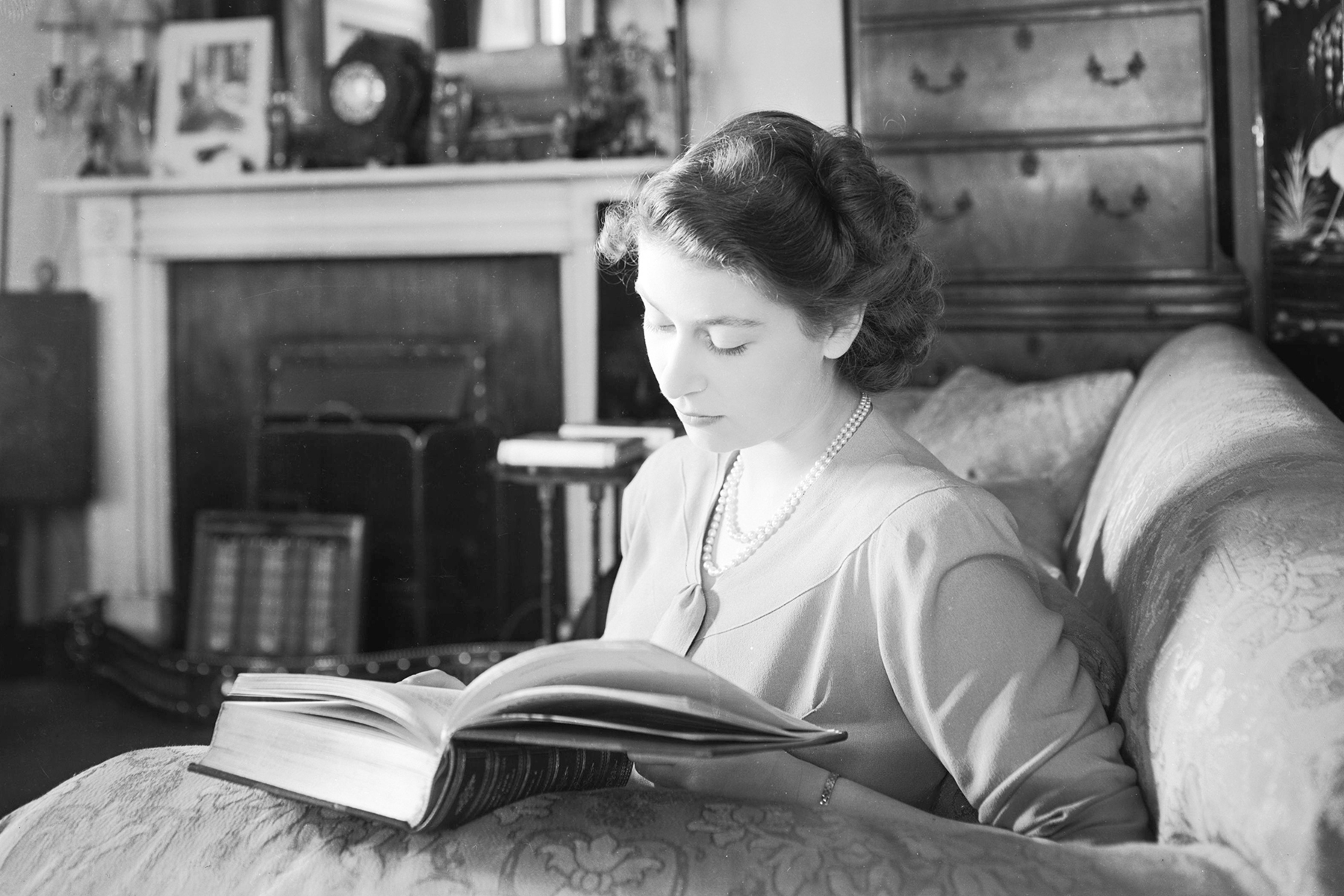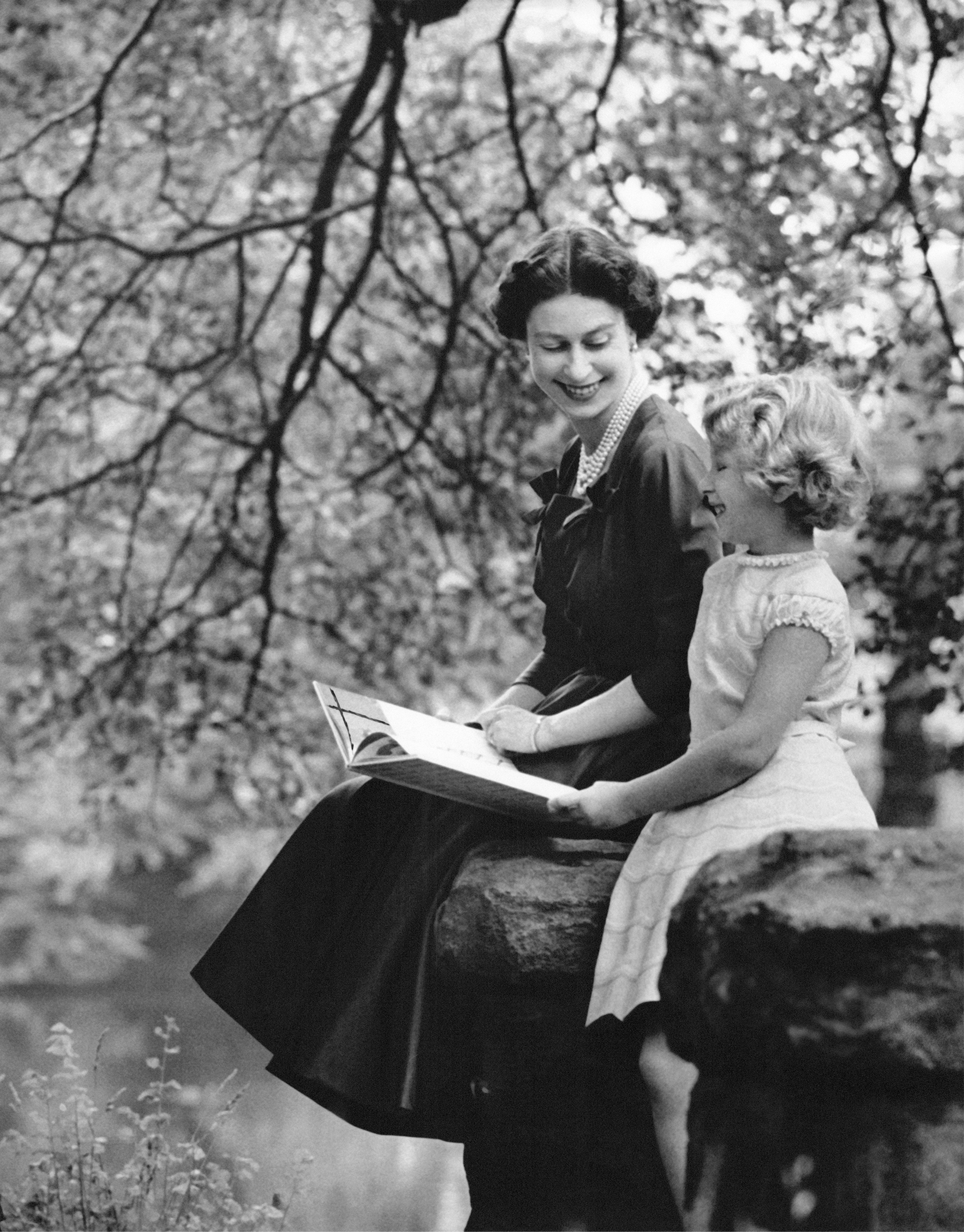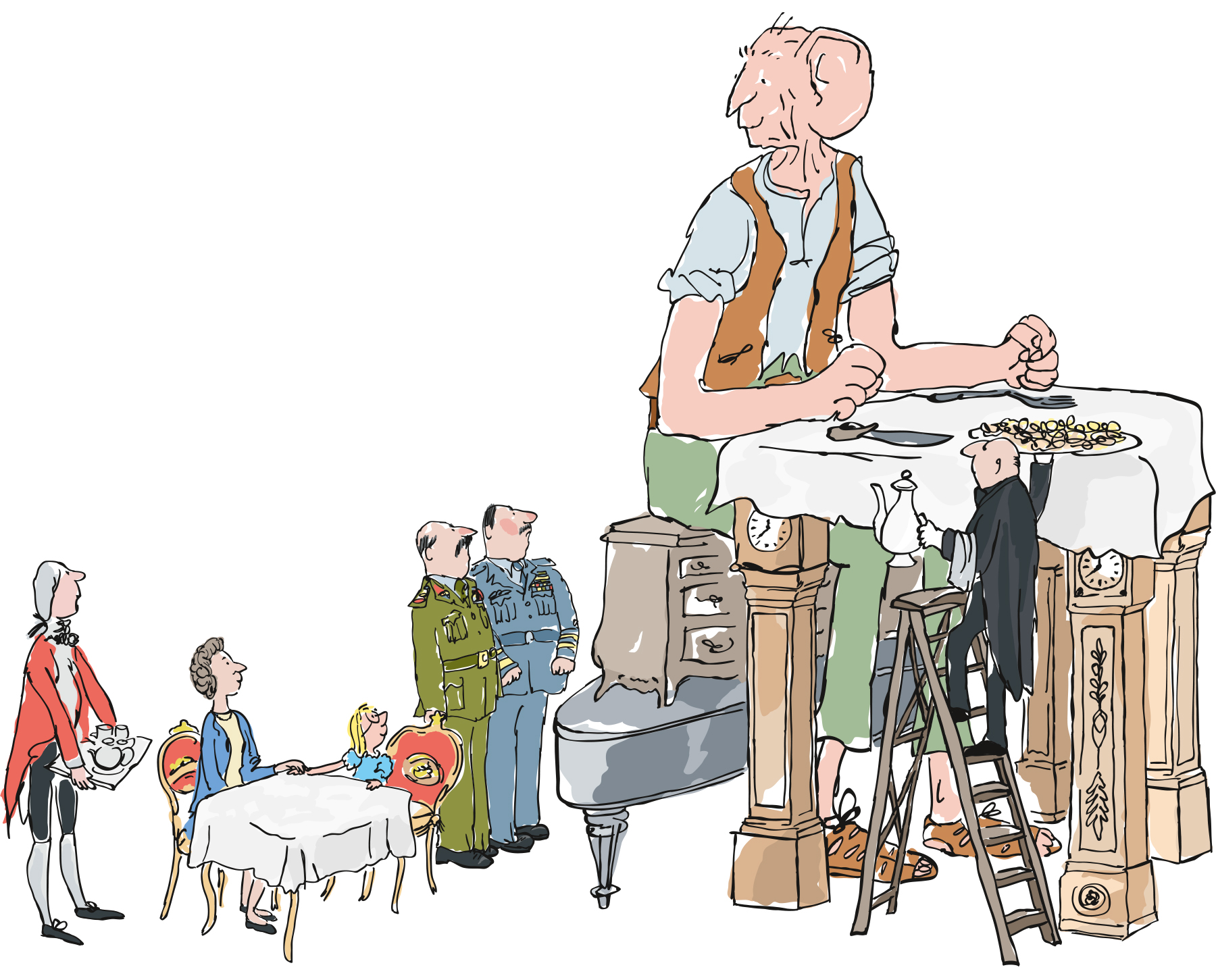
- Home |
- Search Results |
- Remembering Queen Elizabeth II’s life in books
In the aftermath of the sad passing of Her Majesty Queen Elizabeth II, it is impossible not to think of the impact she had on the nation she steered with an extraordinary and steadfast commitment to service for 70 years. A monarch whose life was documented from infancy, her influence over British culture can’t be overstated.
One way her legacy has been recorded is in literature. Much as she has occupied the public imagination and the national sense of self over the decades, so too has the Queen appeared in books and stories, arriving between the pages of momentous non-fiction and children’s bedtime stories alike.
As a child the Queen was educated at home, and as a teenager was sometimes photographed reading while her younger sister Margaret sat petting one of the family’s beloved corgis. Like many of her generation, the Queen grew up against the spectre of war, and books and learning offered a distraction from the uncertainties beyond the palace; a candid shot from 1942 shows the Queen reading over King George VI’s shoulder. According to one governess, her favourite subjects were drawing and animal stories. The book she reached for most often was Moorland Mousie, a 1929 collection of short stories that followed the life of an Exmoor pony, from his birth within a wild herd to his working life in domesticity.

Reading was a habit she passed on to her own children: an intimate photograph taken by Antony Armstrong-Jones in 1957, a few years into the Queen’s reign, showed her taking the time to enjoy a picture book with her daughter, Princess Anne.
Her role as queen meant she was tasked with far heavier material: every morning, “The Box” – a red box containing Government briefings and sensitive documents – would land on her desk, wherever she was in the world. Reading its contents was one of her national duties.
Like many of us, she would read to relax and unwind. Her childhood fascination with stories about horses held firm; in 2007, one courtier quipped that if a book “isn't to do with horses or racing, she's not interested”. A lifelong fan of horseracing who bred horses as a hobby, the Queen kept abreast of the stud world by reading The Racing Post. Dick Francis, the British jockey, not only rode the Queen Mother's horses but upon retirement became a novelist. He wrote more than 40 bestselling books, which blended the thriller genre with his in-depth knowledge of horse racing. The Queen and the Queen Mother were such fans that he was known to send early copies to the household before release.
The Queen also loved detective novels. PD James, the prolific novelist and creator of fictional police commander-cum-poet Adam Dalgliesh, was among the Queen’s preferred novelists. In 2021, author SJ Bennett took this a step further in The Windsor Knot, a mystery novel that imagined an alternate reality as the Queen approached her 90th birthday; Bennett took the opportunity to have her fictional monarch “read a lot of Dick Francis novels”.
Fascination about how the Queen spent her free time often strayed into fiction. Alan Bennett imagined her in The Uncommon Reader, a novella originally published by The London Review of Books in which the fictionalised Queen becomes fascinated with books after encountering a mobile library. According to Bennett, his Queen was left cold by Ivy Compton-Burnett’s stiff narratives of Victorian well-to-do families, but held an appreciation for the work of Nancy Mitford.
Arguably, it is in children’s fiction that the Queen and the workings of the palace came most winsomely to life. Winnie-The-Pooh creator A. A. Milne documented the changing of the guard in his poem, ‘Buckingham Palace’ – published in 1924, there’s a chance the young Princess Elizabeth of York might even have read it.

Roald Dahl wrote the Queen into The BFG, when Sophie, the book’s main child character, and her enormous friend the Big Friendly Giant, go to the palace in an attempt to quell the eating of schoolchildren by less friendly giants. Having convinced the Queen that giants are real, Sophie is surprised to find that the monarch doesn’t scream in surprise. “Queens are too self-controlled for that,” she replies – a knowing wink to a lifetime of public stoicism.
But part of that keeping up of public appearance was also to have a little fun: the Queen notably joined in with entertaining skits at moments of national celebration. During the Opening Ceremony of the 2012 Olympics, millions of viewers were astonished to see the Queen join Daniel Craig in character as James Bond to helicopter their way over to the Olympic Stadium. One of her final duties was to entertain the live-animation version of Paddington Bear for tea at the palace as part of the Platinum Jubilee. The well-meaning (if bumbling) bear manages to guzzle tea straight from the pot and splatter cream across the table, but compensates with a marmalade sandwich.
The Queen played along admirably, helping guide the loveable bear – and audiences at home – as she’d done the country so deftly throughout her royal life.
Hero Image: Photo by Lisa Sheridan/Studio Lisa/Hulton Archive/Getty Images